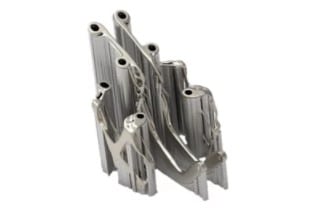Breaking the Manufacturing Mold with AM Software
How Businesses Leverage Ansys’ AM Software to 3D-print Rockets
How Businesses Leverage Ansys’ AM Software to 3D-print Rockets
Relativity Space was established in 2015 with a interesting vision: to use added substance fabricating innovation to 3D-print rockets that can be propelled into space. This yearning California-based startup is balanced to alter the worldwide aviation industry by making rockets exponentially speedier, cheaper and less complex to create. As of now on its way to modifying the rules for commercial adj. dispatches, Relativity trusts to in the long run fabricate its 3D-printed rockets on Defaces — where this inventive, reasonable innovation may well be utilized to back human colonization.
When they met as students at the College of Southern California, Tim Ellis and Jordan Noone reinforced immediately over their shared cherish of rockets. They worked together in USC’s Rocket Drive Lab, shaped by a gather of understudies who needed to be the primary undergrads to send a rocket into space.
After graduation, Noone went to work for SpaceX and Ellis was enlisted by Blue Beginning. The two reconnected in 2015 and chosen to dispatch a startup called Relativity Space. Their modern company was based on a novel concept: creating rockets by means of rising 3D printing innovation, moreover known as added substance fabricating (AM). Whereas other aviation companies were printing vehicle components, Ellis and Noone wanted to be the primary to deliver a complete rocket by means of AM technology.
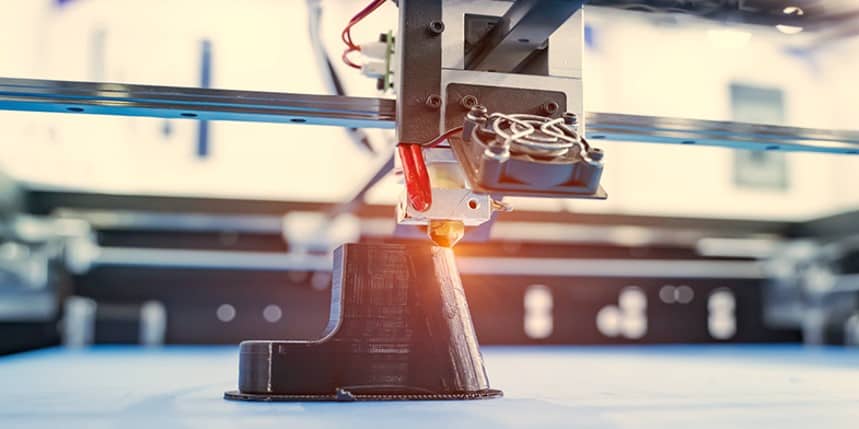
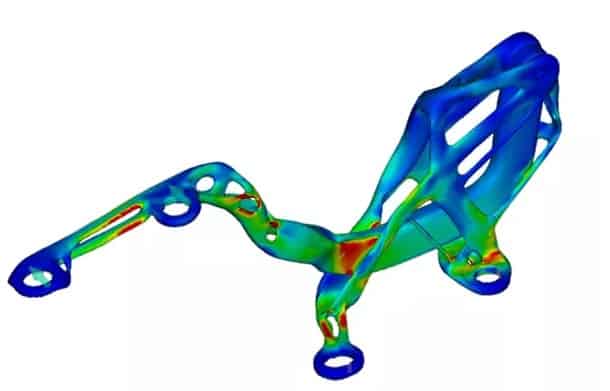

The originators recognized that there are numerous points of interest to added substance fabricating. The structure can be rearranged. A rocket made of 100 parts utilizing AM is aiming to be much more fundamentally steady and intrinsically more grounded than one composed of 10,000 isolated components. AM essentially streamlines gathering, and makes the end-to-end supply chain much easier and more consistent. AM too evacuates limitations on novel geometry and opens up plan options.
Sponsored with capital and a trade arrange, there was as it were one major issue: Ellis and Noone may not discover a 3D printer enormous sufficient to deliver a rocket. So the combine did what any visionary would do. They built their very own printer.
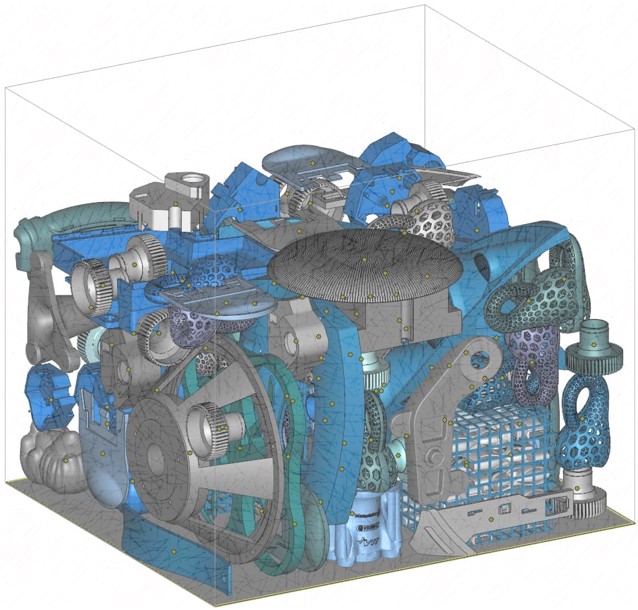

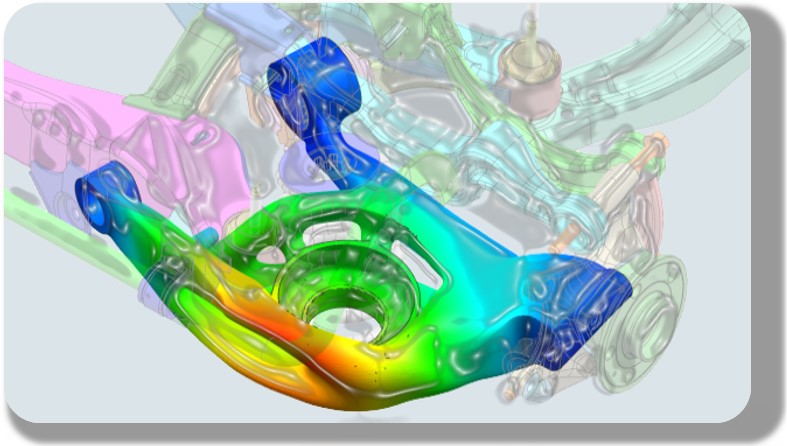
Additive Print empowers users to predict thermal strain, anisotropic effects and calculate strain patterns.
